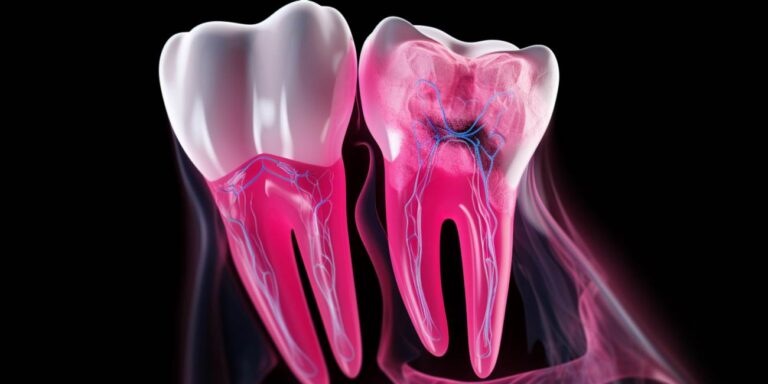Gum disease, also known as periodontal disease, is a common oral health condition that affects the tissues surrounding your teeth. It can cause symptoms ranging from mild gum inflammation to severe damage to the supporting structures of your teeth. When gum disease progresses, it may become necessary to remove teeth, either for the sake of your oral health or as part of a treatment plan. But does gum disease go away when teeth are removed? Let’s explore this question in detail.
The relationship between gum disease and tooth removal
Gum disease is typically a progressive condition. It starts with the accumulation of plaque on your teeth, which can lead to gum inflammation known as gingivitis. If left untreated, gingivitis can progress to periodontitis, a more severe form of gum disease that can result in the loss of bone and soft tissues that support your teeth. In some cases, tooth extraction may be recommended as part of the treatment plan to address advanced gum disease.
However, it’s important to note that removing teeth is not a guaranteed cure for gum disease. While extraction can eliminate the source of infection, the underlying gum disease may still persist in other areas of your mouth. Therefore, the removal of teeth is typically just one component of a comprehensive treatment strategy aimed at managing and controlling gum disease.
Treatment options for gum disease
When you have gum disease, your dentist or periodontist will first assess the severity of the condition. They may recommend various treatments to address the issue. These treatments may include:
- Scaling and Root Planing: This deep cleaning procedure removes plaque and tartar from below the gumline.
- Antibiotics: Antibiotics, whether oral or topical, can help control bacterial infection in the gums.
- Flap Surgery: In advanced cases, surgery may be needed to remove diseased tissue and promote gum healing.
- Bone Grafting: This procedure can help regenerate lost bone tissue in severe cases of gum disease.
These treatments aim to halt the progression of gum disease, prevent tooth loss, and promote gum tissue healing. In cases where teeth are already severely damaged or loose due to gum disease, extraction may be necessary to prevent further complications.
After tooth extraction
If teeth are removed due to gum disease, it’s essential to follow your dentist’s post-extraction care instructions diligently. This includes maintaining good oral hygiene, avoiding smoking or tobacco products, and attending follow-up appointments as recommended.
After extraction, the gum tissue will need time to heal. It’s important to note that while tooth removal may address the immediate issue, it does not eliminate the risk of gum disease returning in other areas of your mouth. Continued oral care, including regular dental check-ups and cleanings, is crucial to prevent recurrence.
1. can gum disease be completely cured?
Gum disease can be managed and controlled with proper treatment and oral hygiene practices, but it may not always be completely cured. The goal is to prevent its progression and maintain oral health.
2. is tooth removal the only solution for severe gum disease?
No, tooth removal is not the only solution. It is considered when teeth are severely damaged or when they contribute to the progression of gum disease. Various treatments, including scaling and root planing, antibiotics, and surgery, are available to manage gum disease.
3. how can i prevent gum disease?
You can prevent gum disease by maintaining good oral hygiene habits, including regular brushing, flossing, and dental check-ups. Avoiding smoking or tobacco use, eating a balanced diet, and managing underlying health conditions can also help reduce your risk of gum disease.
In conclusion, gum disease does not automatically go away when teeth are removed. While extraction may be necessary in some cases, it is part of a comprehensive treatment plan to manage advanced gum disease. To maintain oral health, it’s crucial to continue practicing good oral hygiene and follow your dentist’s recommendations even after tooth removal.
See also:





